Retro Replay Review
Gameplay
Morton Subotnick’s Making Music succeeds brilliantly in translating the intuitive freedom of visual arts into an interactive musical playground. From the moment you launch the game, you’re invited to dive right into the “Building Blocks” and “Making Music” modules, dragging colorful blocks or painting notes directly onto a canvas. This drag-and-drop approach is refreshingly tactile, letting young creators experiment without fear of making mistakes.
The tutorial and on-screen help ensure that beginners feel empowered rather than overwhelmed. Clicking the question mark in the lower right corner reveals vocalized explanations as you hover over each tool or section, guiding users step by step. Even for adults who may be less musically inclined, the support system makes it easy to grasp the mechanics and focus on creativity.
Beyond the basics, the game offers advanced modules such as Melody & Rhythm Maker—where playful graphics of birds on a wire and eggs for beats turn abstract concepts into delightful metaphors—and Mix and Match, which encourages compositional experimentation. These features combine to make the learning process feel like play rather than drill exercises, keeping engagement high and frustration low.
The educational mini-games—Same or Different, Find the Same, Name That Difference—reinforce critical listening skills by challenging users to compare melodies and rhythms. By weaving these exercises into a larger creative sandbox, Making Music strikes a fine balance between structured learning and open-ended exploration, catering perfectly to its intended audience of children ages 8 and up.
Graphics
Visually, Making Music adopts a colorful, cartoon-inspired aesthetic that immediately appeals to young audiences. The interface is clean and uncluttered: bright icons represent different instruments and modules, while the workspace remains free of distractions. This simplicity allows users to focus on sound creation without battling confusing menus or tiny buttons.
The “paint your notes” canvas is especially pleasing, with a palette of vibrant hues that mimic classic finger-paints and crayons. Notes appear as brushstrokes, giving each composition a handmade feel. As children layer melodies and rhythms, the canvas becomes a visual record of their musical journey, which can also be saved and replayed at will.
Animations are smooth and responsive. When dragging blocks in the Building Blocks section, they snap into place with a satisfying bounce. In the Melody & Rhythm Maker, birds hop gently along the wire as they play, adding a touch of whimsy. Even the simplest sound palette icons carry subtle motion cues, making the experience feel alive and engaging.
Though the graphics won’t rival high-end entertainment titles, they’re perfectly tailored to the game’s educational goals. The art style strikes a balance between playful and functional, ensuring that every visual element supports the core mission—encouraging creativity rather than dazzling with photorealism.
Story
While Morton Subotnick’s Making Music isn’t a narrative-driven title in the traditional sense, it does convey a compelling creative story: empowering children to become composers. The game opens with Subotnick’s vision—to grant young users the same artistic agency in music that they already enjoy with crayons and paints. This premise serves as a gentle call to creativity, framing every tool and exercise as part of a larger artistic adventure.
There’s a thematic cohesion throughout: each module reinforces the idea that music is a living art form, shaped by personal expression. Whether you’re laying down a simple melody in Building Blocks or experimenting with exotic instrument sounds in the Sound Palette, you’re reminded that every choice contributes to your unique musical narrative.
The absence of a fixed storyline is actually a strength here. Instead of following a linear plot, players author their own musical tales, experimenting with rhythm, melody, and timbre. The game’s modular structure allows users to carve out their own paths—from trial-and-error exploration to structured listening challenges—much like an open-ended art class rather than a guided tour.
Ultimately, the story of Making Music is the story of each child’s creative process. By offering a suite of intuitive tools and supportive tutorials, the game celebrates the discovery and joy that come with composing, leaving the narrative arc wide open for personal interpretation and growth.
Overall Experience
Morton Subotnick’s Making Music delivers a deeply rewarding educational experience that feels more like play than instruction. Its intuitive interface, playful graphics, and thoughtfully designed modules combine to form a creative sandbox where young musicians can experiment freely. The balance between guided tutorials and open-ended tools ensures users build confidence with each session.
The game’s modular approach allows families and educators to tailor the experience to individual skill levels and learning objectives. Beginners can stick to intuitive painting and block-dragging exercises, while more advanced users can delve into melody matching and rhythmic composition. This scalability makes Making Music a versatile tool for schools, homeschool environments, or casual home use.
Despite its age, the core design philosophy of making music accessible through visual metaphors remains powerful and relevant. Subotnick’s background as an electronic music pioneer shines through in the thoughtful selection of classic and exotic instrument sounds, providing a rich sonic palette. Saving and replaying compositions further deepens the sense of accomplishment and encourages iterative learning.
In sum, Making Music is an engaging, thoughtfully crafted educational title that succeeds in its mission to democratize music creation for children. It may not feature blockbuster production values, but its charm lies in empowering the next generation of creators. For parents, educators, and budding young composers, this timeless classic remains a wonderfully enriching introduction to the art of making music.
 Retro Replay Retro Replay gaming reviews, news, emulation, geek stuff and more!
Retro Replay Retro Replay gaming reviews, news, emulation, geek stuff and more!
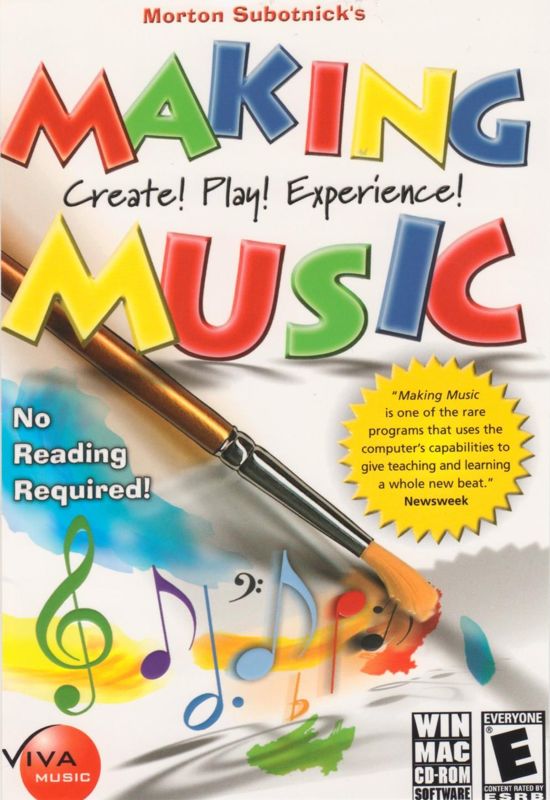
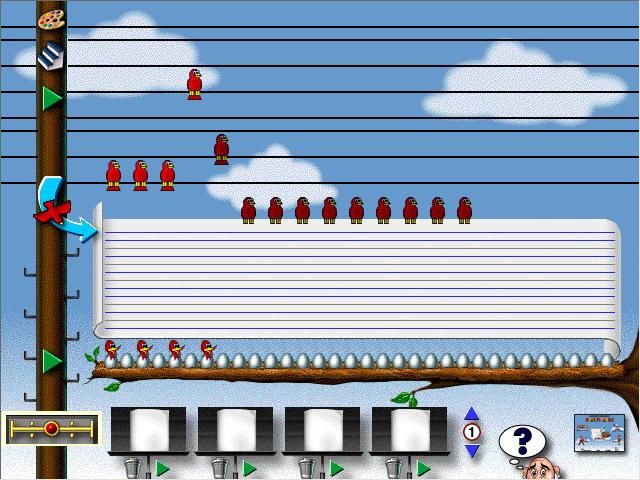

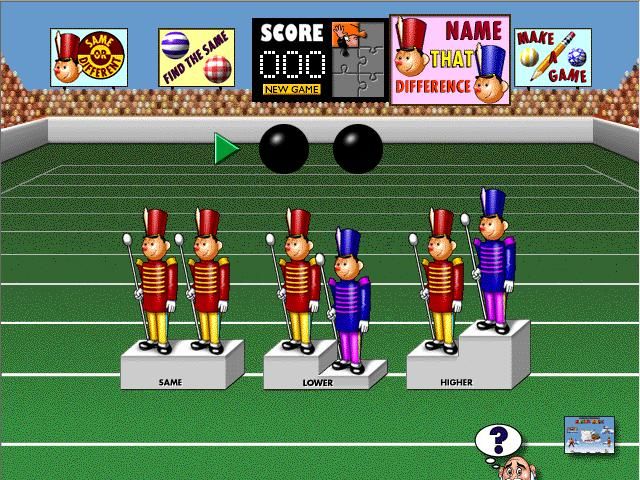
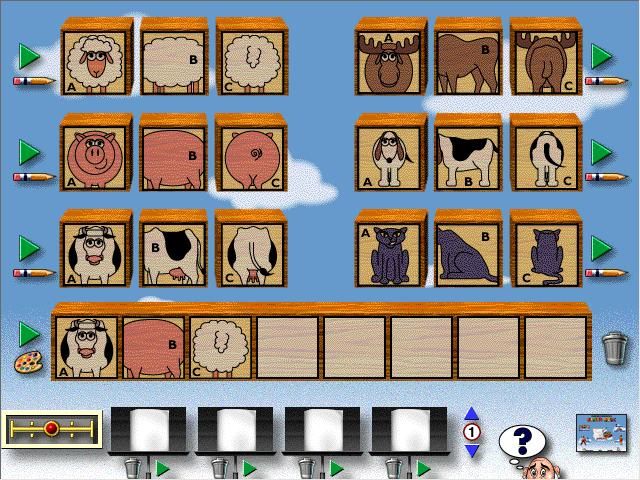
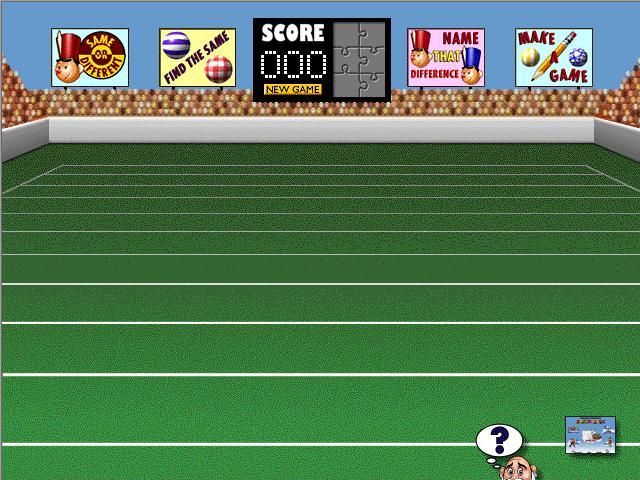



Reviews
There are no reviews yet.